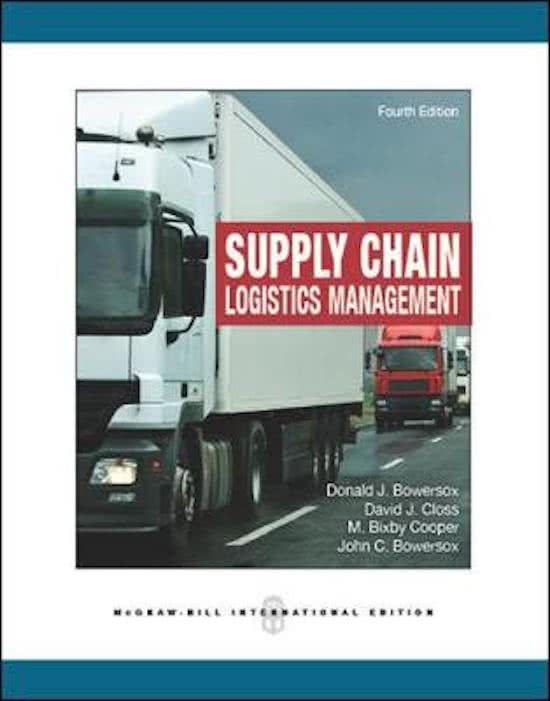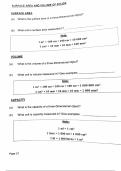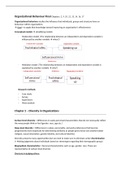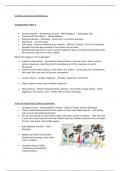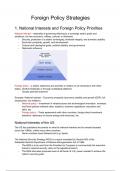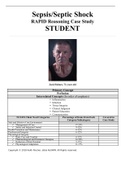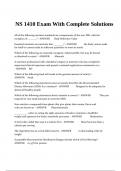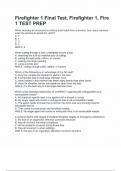PART TWO; CHAPTER 9: WAREHOUSING
Strategic Warehousing
Storage has always been an important aspect of economic development.
The term distribution center is used to capture dynamic development in traditional
warehousing.
Warehousing became integral to just-in-time (JIT) and stockless production strategies.
Strategic warehousing serves to satisfy requirements related to local presence.
Differences between warehouses and distribution centers are that distribution centers
offer value-added services, are customer-focused, and technology-driven. They are
also more short-term.
Four basic economic benefits include:
1) Consolidation and break-bulk: to reduce transportation cost by using
warehouse capability to increase the size of shipments. Consolidation occurs
when a warehouse receives materials from a number of sources and combines
them into exact quantities for a specific destination. Break-bulk occurs when a
warehouse receives a single large shipment for multiple destinations. These
are used in distribution center.
2) Sorting: to reconfigure freight as it is being transported from origin to
destination. Cross docking is to combine inventory from multiple origins into
a customized assortment to meet the needs of a customer. Mixing is performed
at an intermediate location between shipment origin and destination.
Assembly is used to support manufacturing operations in close proximity to
the manufacturing plant. Integrated service provider (ISP) is used to sort,
sequence, and deliver components when needed in manufacturing.
3) Seasonal storage: to accommodate seasonal production or demand.
4) Reverse logistics: including returns management, remanufacturing and repair,
remarketing, recycling, and disposal. Governmental agencies involved in
disposal of controlled inventory are Consumer Product Safety Commission
(CPS), Department of Transportation (DOT), Environmental Protection
Agency (EPA), Food and Drug Administration (FDA), and Occupational
Safety and Health Administration (OSHA).
KZ 1

